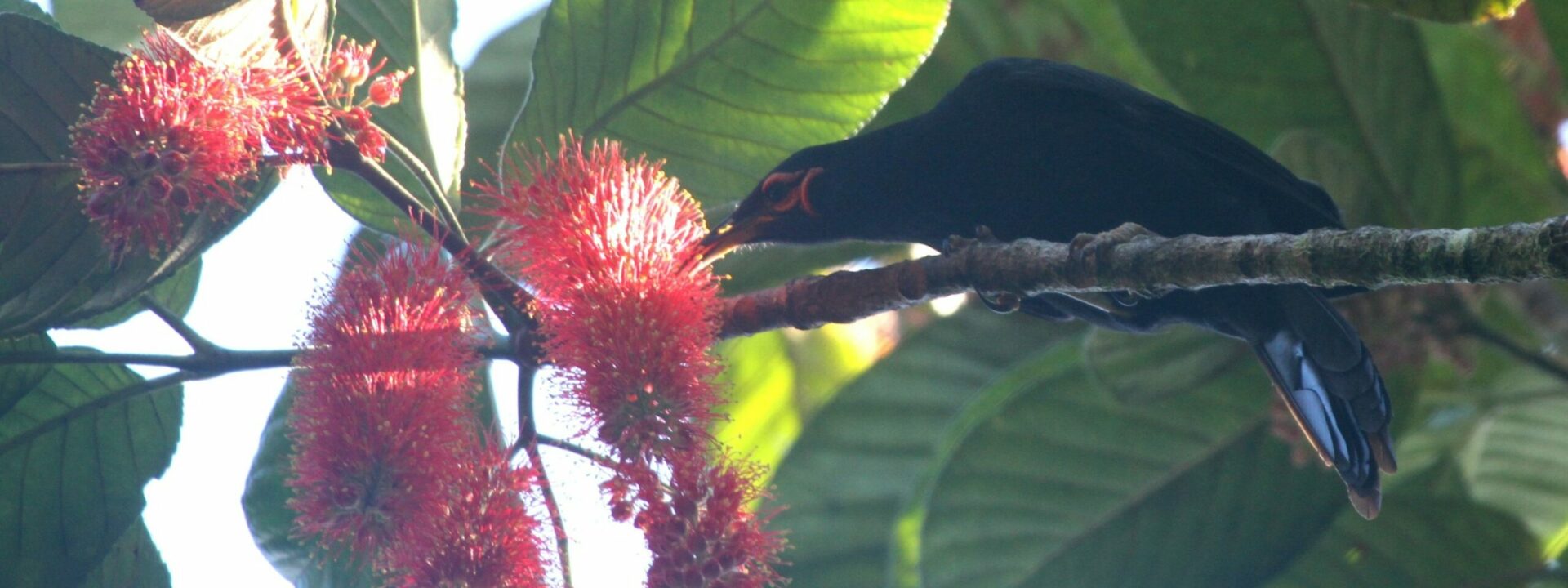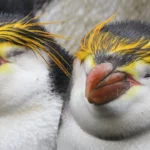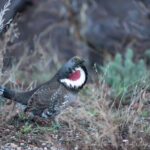2nd May 2023
West Pacific Odyssey 2023 update
Those on the recent West Pacific Odyssey returned home a couple of weeks ago after an amazing journey from New Zealand to Japan. Although there were a couple of disappointments (as Micronesia and the remote Japanese islands had not returned to their pre-pandemic status), nevertheless, the trip had many spectacular successes starting with great views of the critically endangered New Zealand Storm Petrel in the Hauraki Gulf, the day after sailing from Auckland.
A few days later, many participants saw all the endemics on Norfolk Island and the two days on New Caledonia were a stunning success with a significant number of the group seeing almost all the endemic birds. Our first afternoon was spent in the forested hills of Mount Koghi where sightings included New Caledonia Goshawk, New Caledonian Friarbird, New Caledonian Crow and best of all, some prolonged views of New Caledonian Thicketbird, a species which is notoriously difficult to see.
The next day was at the Riviere Bleue reserve where the major highlight is Kagu and the views of this rare bird were much appreciated with at least eight individuals being seen extremely well over the course of our visit.
Another critically endangered species which is found at the reserve is Crow Honeyeater and at least five of these were found – an incredible total for a bird that is not seen on every WPO visit.
As a result of being unable to visit Micronesia, the time in the Solomon Islands was extended by a day with visits made to Nendo, Makira, Guadalcanal, Tetepare, Rendova, Kolombangara and Ranongga. This resulted in the group seeing over 40 endemics and regional specialities including Sanford’s Sea-Eagle, Pale Mountain Pigeon, Buff-headed Coucal, Ultramarine Kingfisher, Solomons Cockatoo, Finsch’s Pygmy Parrot, Duchess Lorikeet, Solomons Cuckoo-shrike, Solomons Monarch, White-capped Monarch and Midget Flowerpecker.
The WPO is, however, as much about seabirds as landbirds and the list of species seen over the four weeks was extremely impressive, with the ‘headliner’ probably being the best views to date of “Lava Petrel”. First seen in the extreme Eastern Solomon Islands in 2014, with at least three more photographed south of Makira in 2019, this enigmatic bird seems to be a cryptic undescribed species.
With the other seabirds seen south of the Equator including Polynesian Storm Petrel, Grey-faced Petrel, Providence Petrel, Kermadec Petrel, White-necked Petrel, Gould’s Petrel, Magnificent Petrel, Tahiti Petrel, Beck’s Petrel and Heinroth’s Shearwater, the list of SW Pacific seabirds was truly impressive and it was the same as the ship approached Japan. Here, the highlights included Short-tailed Albatross, Black-footed Albatross, Matsudaira’s Storm Petrel, Tristram’s Storm Petrel, Bonin Petrel and Japanese Murrelet. Indeed, the close circumnavigation the ship made of Torishima Island (where most of the world population of Short-tailed Albatrosses breed) was an undoubted highlight of the entire cruise with more than 300 albatrosses being seen including scope views (from the ship) of 150+ youngsters ashore in the colonies.
Spaces remains available on WPO 2024 but are selling fast and some cabin categories are now no longer available. If this trip is one you are seriously considering then we strongly recommend you take advantage of our guaranteed sterling prices for 2024 as we anticipate prices will be increasing fairly significantly in 2025.




